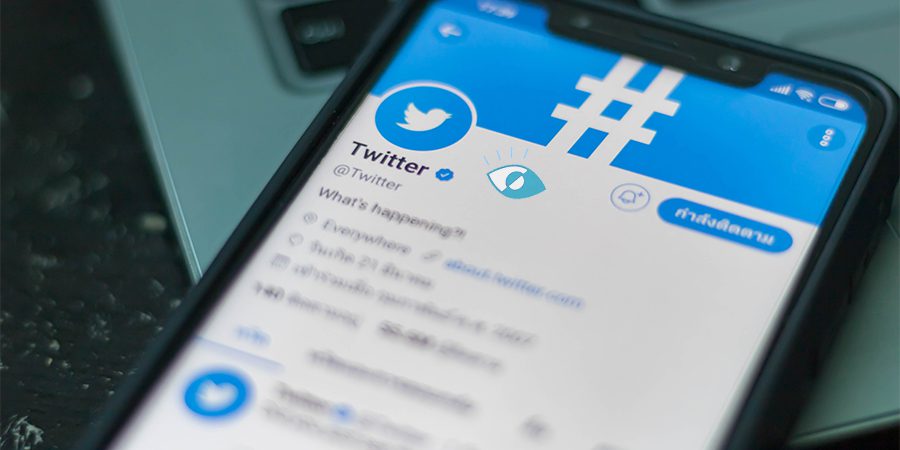In this article, we’ll explore Twitter’s latest effort to improve transparency in its content moderation by adding labels to tweets with restricted reach due to potential policy violations.
Key Takeaways:
- Twitter introduces labels on tweets with limited visibility for violating hateful conduct policy.
- The labeling system aims to increase transparency in content moderation.
- The company may limit tweet visibility by excluding them from search results, timelines, and downranking in replies.
- Twitter allows authors to appeal incorrect labeling by providing feedback.
- The platform is moving towards a “Freedom of Speech, not Freedom of Reach” philosophy under Elon Musk’s ownership.
Introducing Visibility Labels on Tweets:
Twitter has begun implementing visibility labels on tweets that may violate its hateful conduct policy.
This comes as a result of the platform’s commitment to provide users with more information regarding content moderation decisions.
With these labels, Twitter aims to clarify why certain tweets have been restricted in their reach.
When a tweet is flagged for potentially breaching Twitter’s policy, the platform will apply a label that reads, “Visibility limited: this tweet may violate Twitter’s rules against hateful conduct.”
This serves as a clear indication to users that the tweet’s reach has been limited due to content that may violate the platform’s rules.
Limiting the Reach of Rulebreaking Tweets:
As part of its efforts to curb the spread of hateful content, Twitter will limit the visibility of tweets that it deems in violation of its policies.
This includes excluding such tweets from search results and users’ “For You” and “Following” timelines.
Moreover, these tweets may be downranked in replies, making it more difficult for them to gain traction.
In addition to limiting tweet visibility, Twitter also plans to disable certain features for these flagged tweets.
Users may be unable to reply to, retweet, bookmark, or pin tweets that have been labeled for violating the hateful conduct policy.
This serves as another measure to prevent the further spread of potentially harmful content.
Appealing Incorrect Labeling:
Twitter acknowledges that its content moderation system may not be perfect, and there may be instances where a tweet is incorrectly labeled as violating its rules.
To address this, the platform allows authors of such tweets to submit feedback and appeal the decision.
However, Twitter has made it clear that providing feedback does not guarantee a response or restoration of the tweet’s original reach.
This highlights the challenges faced by content moderation systems in accurately identifying and addressing policy violations without negatively impacting innocent users.
Twitter’s Shift in Moderation Approach under Elon Musk:
The introduction of visibility labels on tweets comes at a time when Twitter is undergoing significant changes in its moderation approach.
Under the ownership of Elon Musk, the platform has adopted a “Freedom of Speech, not Freedom of Reach” philosophy.
This reflects a shift away from outright censorship and towards limiting the reach of potentially harmful content.
As part of this new direction, Twitter has made several updates to its policies. For example, the platform recently lifted a ban on misgendering and deadnaming transgender people.
This move has been viewed as an attempt to strike a balance between freedom of speech and responsible content moderation.
Moreover, since Elon Musk took over the social network, he has reduced staff in moderation and safety verticals.
Instead, the new management is focusing on developing crowdsourced moderation tools for Community Notes.
The goal is to reduce the burden on staff and contractors while still maintaining an acceptable level of content moderation.
Conclusion
Twitter’s new visibility labels are a step towards increased transparency in content moderation on the platform.
By clearly indicating when a tweet’s reach has been limited due to potential policy violations, users can better understand the reasons behind such actions.
This move also reflects Twitter’s shifting approach to moderation under Elon Musk’s ownership.
The platform is actively trying to find the right balance between freedom of speech and responsible content moderation.
However, challenges remain, as the system may still mislabel tweets and restrict the reach of content that does not actually violate Twitter’s rules.
As Twitter continues to evolve under new leadership and implement new features like visibility labels, users and the platform itself will need to adapt and learn from these changes.
The success of these initiatives will depend on the platform’s ability to strike a balance between protecting free speech and ensuring responsible content moderation.
While visibility labels are a step in the right direction, users must be vigilant and report any errors they encounter.
This feedback will be invaluable for Twitter as it continues to fine-tune its content moderation system.
In turn, the platform can use these insights to improve its policies and create a better user experience for everyone.
As for the platform, Twitter must remain committed to refining its content moderation strategies and adapting to the ever-changing landscape of online communication.
This will require constant evaluation of its policies, technologies, and the effectiveness of new features like visibility labels.
 Sections of this topic
Sections of this topic
















